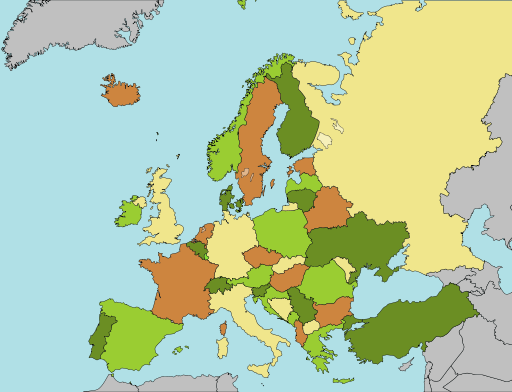Article
HDBaseT takes HDMI and 4K further | TV and Home Theater – CNET Reviews
From the horse’s mouth
HDBaseT
My Comments
There are the home and small-business environments where you may want to have your AV source and control equipment away from the flatscreen TV or projector but want to see the high-resolution display. Such applications range from the home theatre through to a video projector set up in a bar to show sports events to a church using two video projectors to show the song lyrics, prayer requests and the like during service to its large congregation.
This has been made easier with HDBaseT which uses the Cat5 Ethernet cable to transmit HDMI AV up to 4K UHDTV along with power, 100BaseT Ethernet and USB over a run of up to 100 metres (328 feet) per inter-equipment “hop”. Then a single path between source and final endpoint could have 8 “hops”. This could cater for setups with a single wire passing a few “digital power amplifiers” positioned close to speaker setups as it heads towards a display or projector in order to serve a room’s AV requirements.
But this concept has been put out of reach of most small-business, non-profit and home users because this typically required the purchase of at expensive HDBaseT adaptors for each end of the cheap Cat5 cable run.
Now the standards body who are behind the HDBaseT standard are encouraging manufacturers to integrate the connectivity in to their equipment. When a customer purchases a display, matrix switcher, AV receiver or other equipment that has this connectivity, they reduce the need to buy another HDBaseT adaptor. This can reduce the cost required to provide another display or projector in that bar or restaurant.
Of course, the article cited a home theatre receiver and a single-wire TV display as a prototype along with a few video projectors having this technology.
The technology is also able to lead to the implementation of “one-wire” display equipment that will typically be confined to display panels. This avoids the need to run mains wiring to the display’s location which could reduce the material cost and safety issues associated with these installations.
For this technology to work properly, the display and other equipment must support standard HDMI-CEC control signals or other common industry standards for controlling the devices to allow a true mix of vendors through an installation’s life. Similarly, when this technology gets underway with integration in devices, it should then be feasible to see it available in reasonably-priced projectors.
What I like about this for smaller organisations is the concept of a standard leading to integrated video setups being available to suit the premises better at a cost that is more reasonable to this user base.


